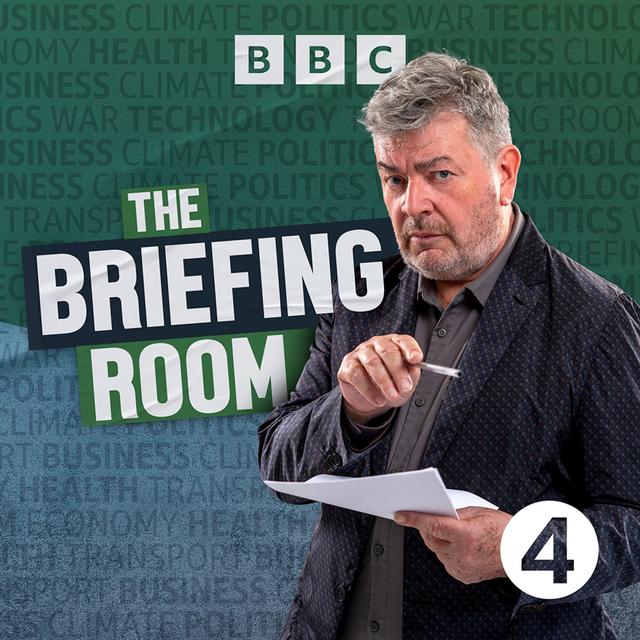
Quantitative Easing
Episode description
As part of its response to the Brexit vote, the Bank of England will buy an extra £70 billion of bonds and will create new money to do so. The aim is to stimulate the economy and try to meet the government's 2% inflation target. But will it work?
The Bank of England began its programme of quantitative easing back in 2009 following the financial crisis. It began buying bonds, mostly government debt, from pension funds and other investors
Before this latest round of QE was announced, the Bank already owned £375 billion of bonds, around a quarter of total outstanding government debt. Its supporters say it has brought down borrowing costs for the government and for other investors and has helped to push up prices. Its detractors say it has caused hardship for savers and has led to pension funds having to compete with the Bank of England for increasingly expensive bonds, which has seen their deficits balloon.
In this episode, David Aaronovitch explores how QE works and examines the evidence of its impact so far. Was the Bank of England right to return to the policy following the EU referendum? Will it ever be unwound?
Guests:
Frances Coppola, financial blogger Stephen Jones, Chief Investment Officer, Kames Capital Toby Nangle, Fund manager, Columbia Threadneedle
Producer: Phil Kemp.